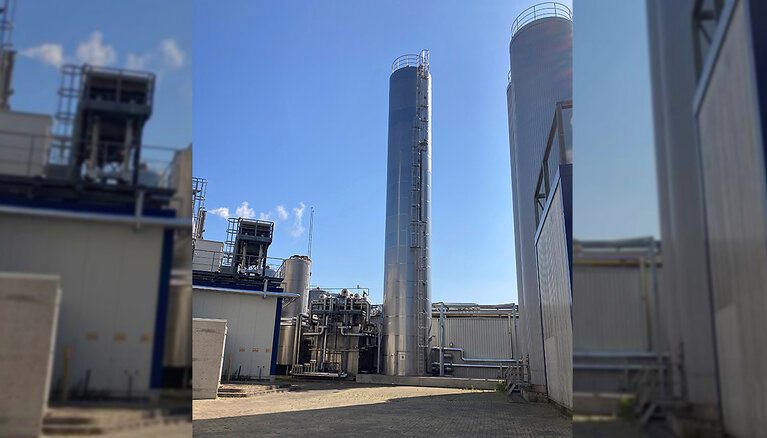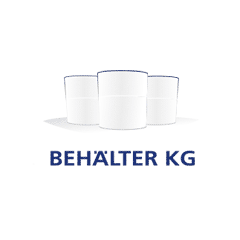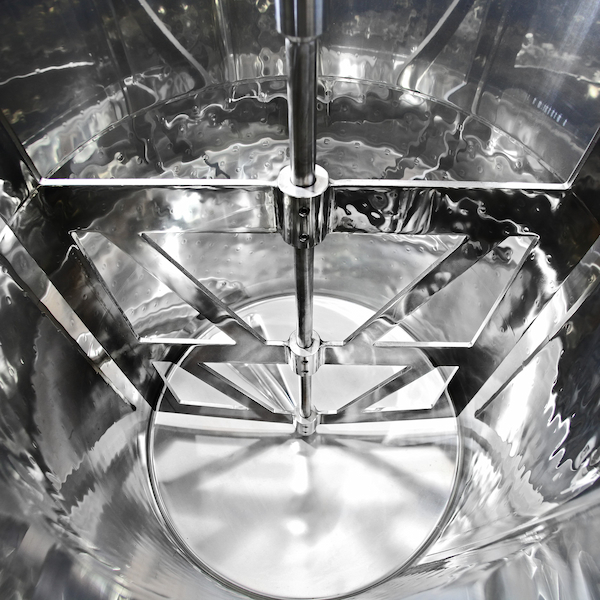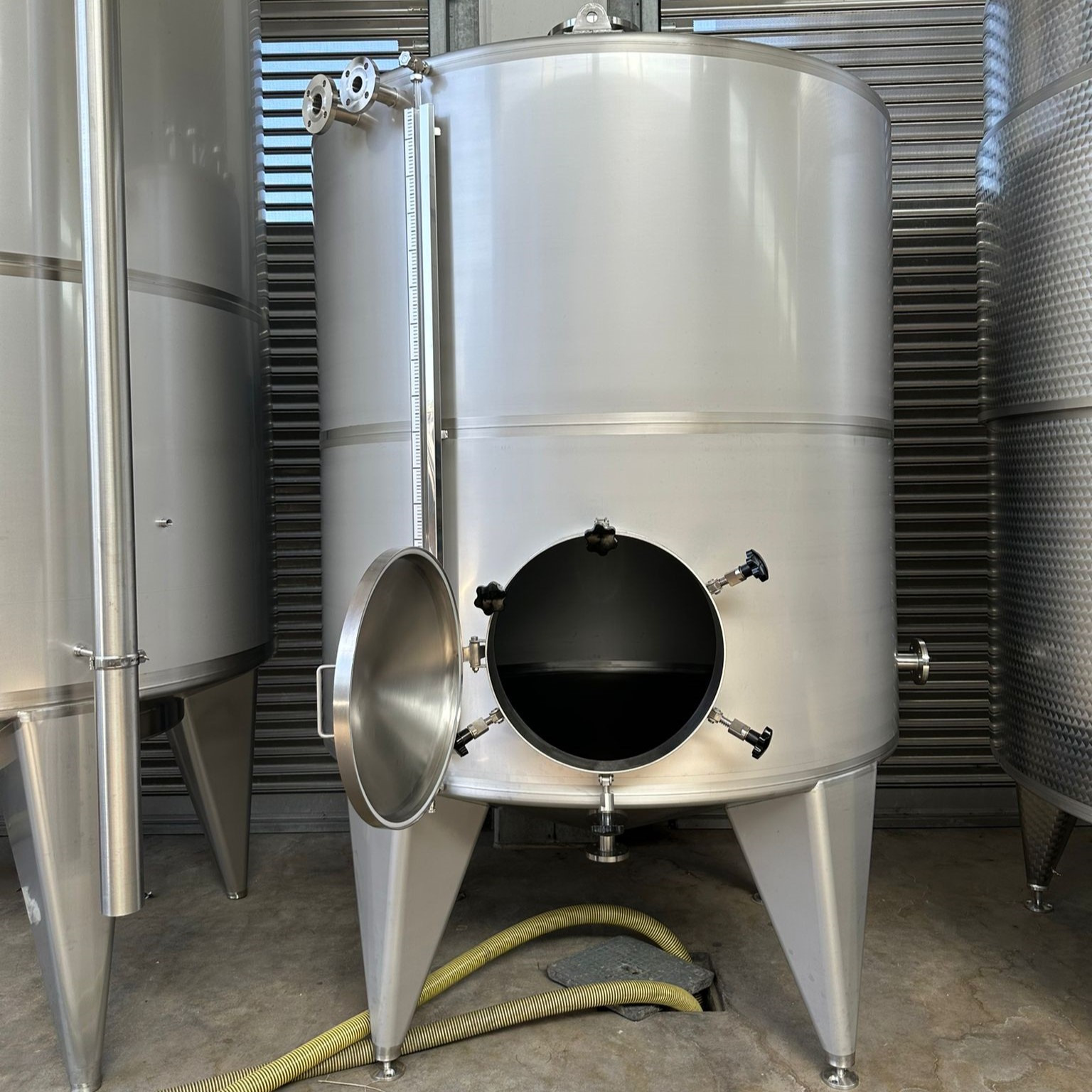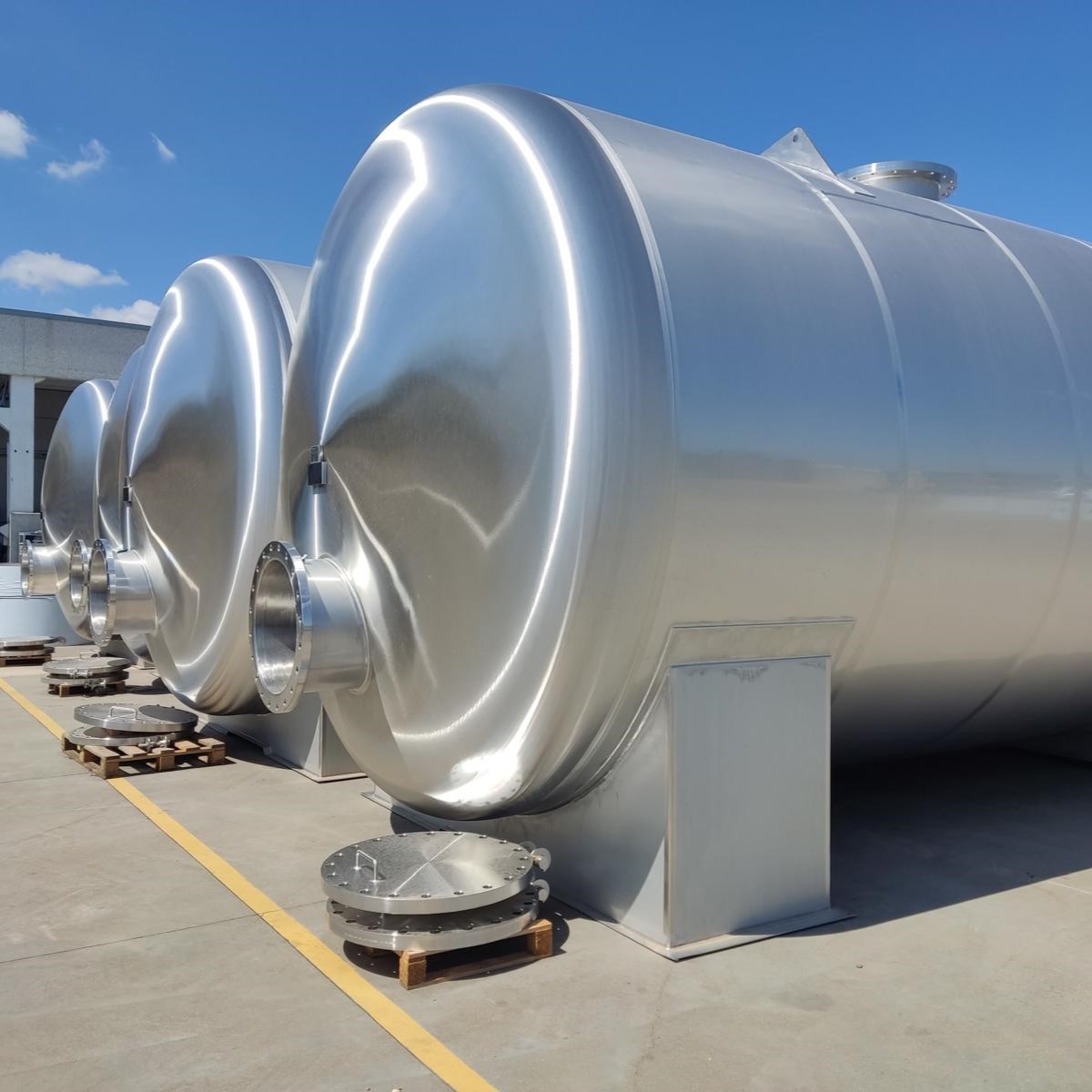Overview of stainless-steel grades for tanks & vessels
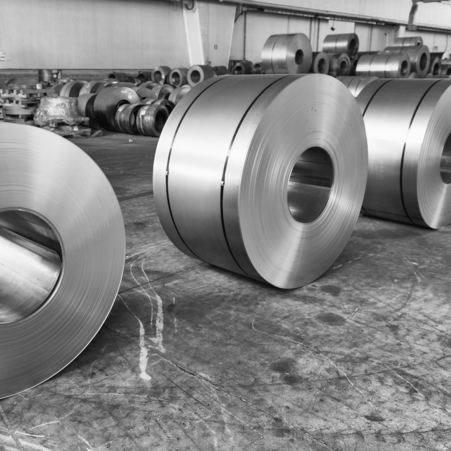
Stainless steel has been an integral part of the most important available metallic materials since the beginning of the last century. The different stainless-steel grades are segmented in different AISI classifications, the abbreviation for “American Iron and Steel Institute”. The vast majority of stainless-steel tanks is constructed in the stainless-steel grade AISI 304 and AISI 316. Outside the USA and UK, AISI 304 is often called “V2A” and AISI 316 is referred to as “V4A”.
AISI 304 refers to steel that is alloyed with chromium and nickel. In the higher-grade AISI 316, there is also the element molybdenum added and sometimes also additional elements, to further improve the flexibility, temperature resistance or increased corrosion resistance.
Oftentimes, several stainless-steel grades are combined in the production of a stainless-steel tank. Product contacts parts such as the top bottom, the cylindrical part and the bottom are made from a higher grade (AIS I316) material. The other parts, such as the legs or the crane eyes, are made of AISI 304. This has solely an economical background, as higher-quality materials can be significantly more expensive than a lower-grade type of stainless steel.
Selected AISI 304 stainless steel grades
AISI 304 is by far the most common material in the stainless-steel tank construction and represents over 50% of the overall market.
A subsegment of AISI 304 is the so called AISI 304 L. This alloy is very similar to AISI 304 but has a slightly lower carbon concentration. This causes a slightly higher resistance to intergranular corrosion. The mechanical values (e.g. tensile strength, elongation at break) of both materials are almost identical.
Another stainless-steel grade that we segment into the broader family of AISI 304 is the so-called AISI 321. This alloy is slightly more resistant to corrosion than AISI 304, due to the fact that it contains titanium as additional stabilizer. Particularly in the context of low chlorine, hydrochloric or nitric acid concentrations, the material is considered to have very good corrosion resistance. A disadvantage, however, is that AISI 321 not suitable for polishing. Hence it is not suitable for particularly demanding applications in the pharmaceutical sector.
AISI 304 stainless steel is widely used in areas of application in the food, chemical and pharmaceutical industries, as well as in the construction and automotive industries.
|
Selected AISI 304 stainless steel grades |
||
|
Name |
Also known as |
Characteristics |
|
AISI 304 |
V2A, 1.4301 |
Very good welding properties, good corrosion resistance, the most common stainless-steel grade across all industries |
|
AISI 304 L |
V2A, 1.4307 |
Slightly increased corrosion resistance, unchanged mechanical properties |
|
AISI 321 |
V2A, 1.4541 |
Increased corrosion resistance due to the addition of titanium, not suitable for polishing |
Selected AISI 316 stainless steel grades
Since AISI 304 does not have enough corrosion resistance for certain fields of application, the alloy can be enhanced with the addition of around two percent molybdenum. This resulting stainless steel grade called AISI 316 (“chrome-nickel-molybdenum steels”).
With the addition of molybdenum, the corrosion resistance of the stainless steel is significantly increased, especially against chlorides that are contained in salt water or salts. Resistance to other media such as sulfuric acid is also significantly better. Another advantage is the increased heat resistance of AISI 316 compared to AISI 304.
Very similar to AISI 316 is AISI 316 L, which has a slightly lower carbon content and is slightly more corrosion and temperature resistant in specific areas of application. Seen holistically, however, the two materials largely have the same properties and have proven themselves due to their high corrosion resistance in demanding areas of application such as chemical processing or the food industry.
Within AISI 316 L, there is also a subsegment that has been specially designed for medical and pharmaceutical applications (internationally referred to as 1.4435). The material is primarily characterized by an increased molybdenum and nickel content, which results in increased resistance to pitting.
Another widespread subsegment of AISI 316 is AISI 316 Ti. This alloy also contains a small amount of titanium. If resistance at high temperatures is required, this material is the right choice. The corrosion resistance is roughly equivalent to AISI 316 / AISI 316 L.
Some rarer alloys that we also segment within the AISI 316 group, are AISI 316 LN, AISI 317 LMN and AISI 904 L. These special materials have very good corrosion resistance, and each have special properties that may be required in very specific requirement profiles. AISI 904 L, for example, contains 5% molybdenum content, which significantly increases the corrosion resistance of the material. The prices of these special stainless-steel grades can be a significantly higher than conventional AISI 316 material.
|
Selected AISI 316 stainless steel grades |
||
|
Name |
Also known as |
Characteristics |
|
AISI 316 |
V4A, 1.4401 |
Increased corrosion resistance and forgeability, widely used in all demanding industries (pharmaceutical, chemical, food) |
|
AISI 316 L |
V4A, 1.4404 |
Increased corrosion resistance and forgeability, widely used in all demanding industries (pharmaceutical, chemical, food) |
|
AISI 316 L |
V4A, 1.4435 |
The higher molybdenum content increases corrosion resistance, primarily used in the pharmaceutical / medical sector |
|
AISI 316 Ti |
V4A, 1.4571 |
increased corrosion resistance, particularly well-suited for high temperatures |
|
AISI 316 LN |
V4A, 1.4429 |
Very good corrosion resistance |
|
AISI 317 LMN |
V4A, 1.4439 |
Very good corrosion resistance, even with high chlorine concentrations |
|
AISI 904 L |
V4A, 1.4539 |
Primarily used for highly corrosive media such as phosphorus or hydrochloric acid, high resistance to pitting and stress cracks |
Special alloys
For areas of application under extreme conditions, there are a number of rare special alloys, which are used in the tank construction only in exceptional cases. This includes, for example, Alloy 926, which has a molybdenum content of 6.5%. This ensures an even higher resistance to pitting and crevice corrosion.
There are also further special alloys sold under the Hastelloy brand name. These highly corrosion-resistant alloys have a molybdenum content of up to 30%, which guarantees very good resistance also against highly concentrated hydrochloric acids.
Sie möchten mehr zu dieser Leistung erfahren?
Sprechen Sie uns an.